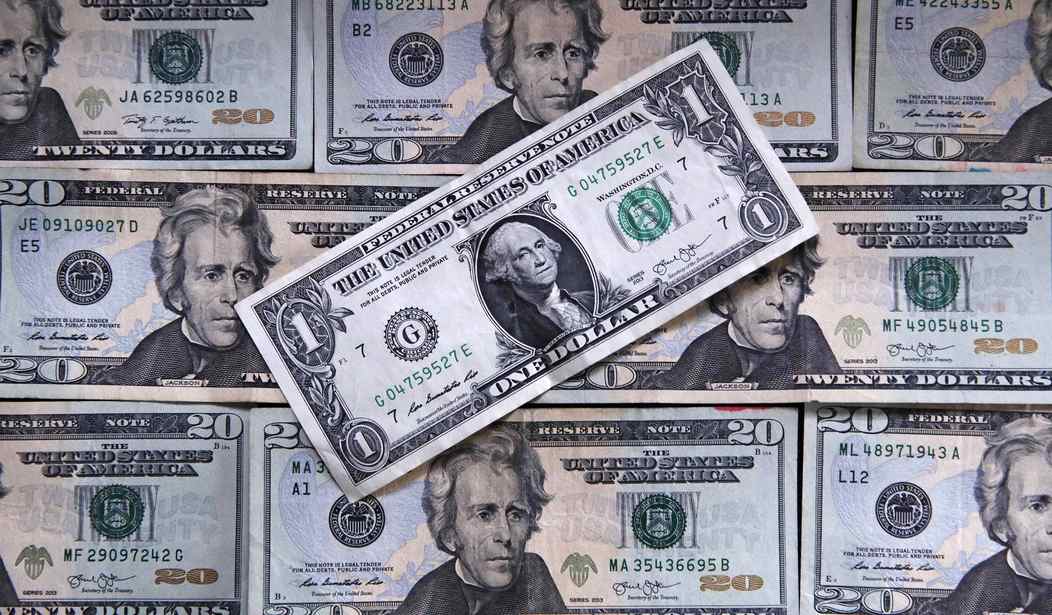To read the headline at Yahoo News last night, you might be tempted to think that Elizabeth Warren had gotten her way. (See “The Student Loan Debt Cancellation Trap.”) Warren had been pushing the Biden administration to get something – anything – done that the Democrats might be able to point to as a “win” heading into the primaries. One of her suggestions was to have the President start canceling student debt via executive mandate. The headline in question certainly seemed to indicate that Biden was doing precisely that. “Biden administration to erase student debt of more than 40,000 borrowers.”
But is that what’s really going on? When you read into the details of the proposal you find that it’s actually nothing of the sort. No debt is really being “erased” for anyone. It’s actually just some fine-tuning of the repayment rules and the way oversight of the loans is conducted.
The Biden administration continued its student loan cancellation effort on Tuesday by announcing that 40,000 borrowers would see their student loans become eligible for discharge under the Public Service Loan Forgiveness program and 3.6 million more will move closer towards forgiveness.
The Education Department will give borrowers retroactive credit for “forbearance steering,” where student loan servicers have pushed borrowers into unnecessary interest-accruing forbearance. In another move that could help many other borrowers, the department will also take greater care to accurately track monthly payments for borrowers on income-driven repayment — which allows people who make less money to make smaller payments.
The two moves bring millions of borrowers closer to forgiveness on government repayment programs.
What’s being discussed here is a couple of provisions of the Public Service Loan Forgiveness (PSLF) program. Under the PSLF, borrowers seeking relief from their student debt can qualify for a plan to eventually have some of that debt canceled, but it doesn’t happen overnight and it doesn’t relieve all of the debt. Participants have to establish an amount they are able to pay on a monthly basis and then successfully make those payments for 120 consecutive months (ten years). If they manage to do that, the remainder of their loan is forgiven.
Those who miss payments are moved into a forbearance status, where extra interest can be charged following a failure to make payments. You know… similar to what happens to anyone who takes out a loan and fails to pay it back. So this newly announced policy isn’t actually canceling a dime of the debt. It’s simply reeling back the additional interest charges.
The other change affects those who qualified for “income-driven repayment,” (IDR) where monthly payments were to be based on the borrower’s income rather than having to make a standard monthly payment. Apparently, the government failed to accurately monitor those who qualified for IDR and mistakenly penalized some borrowers. In simpler terms, the IDR system was being incompetently managed but they’ll try to do better in the future.
To top it all off, as noted in the original MSM headlines, these changes will apply to 40,000 people out of the entire country. You can probably find 40,000 people with student loans on the books in your average mid-sized city.
This is essentially just window-dressing. As I pointed out in the article yesterday, the Biden administration is desperate to generate some headlines that don’t involve inflation, gas prices, and the complete collapse of the White House’s overarching agenda. They’re scrambling like mad to try to stop the red wave from turning into a “Great Red Flood” in November. So claiming to get rid of some student debt was probably an easy choice, even if they’re not actually doing much of anything.








Join the conversation as a VIP Member